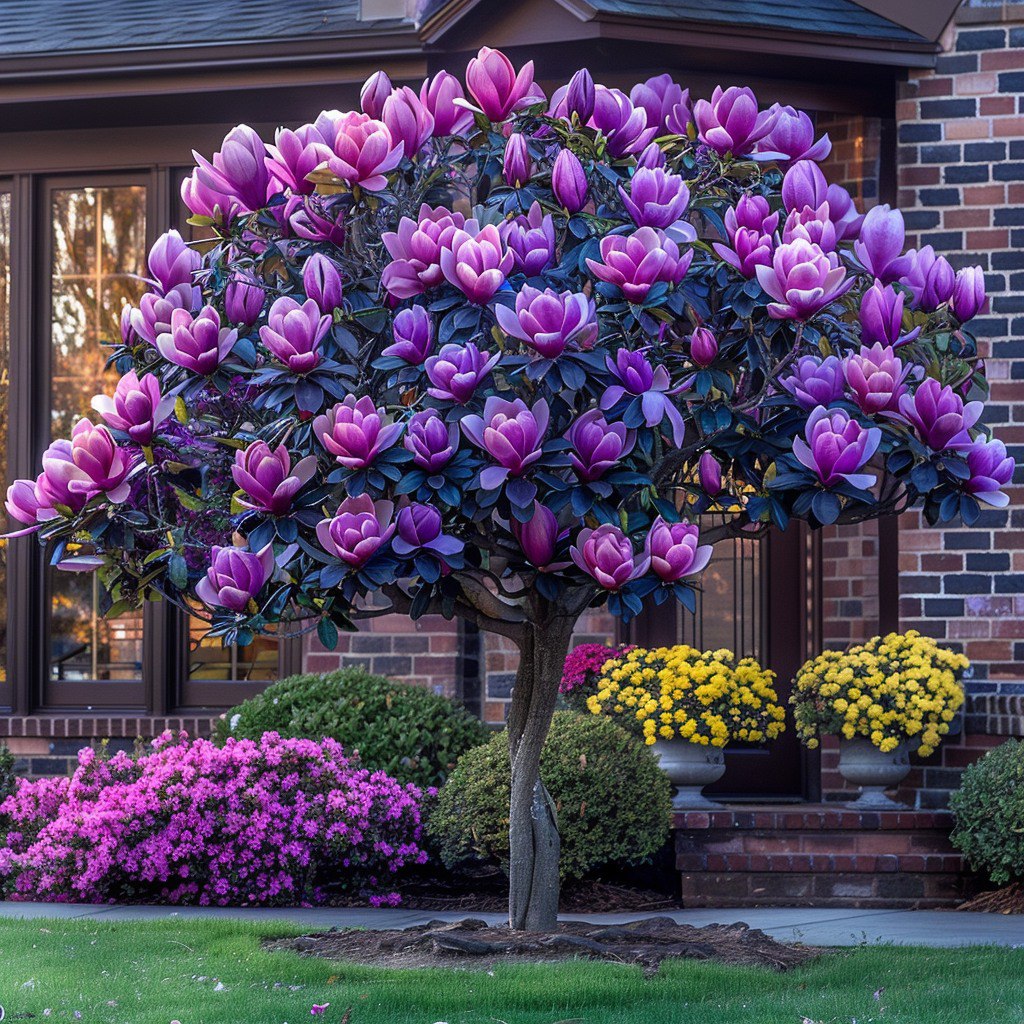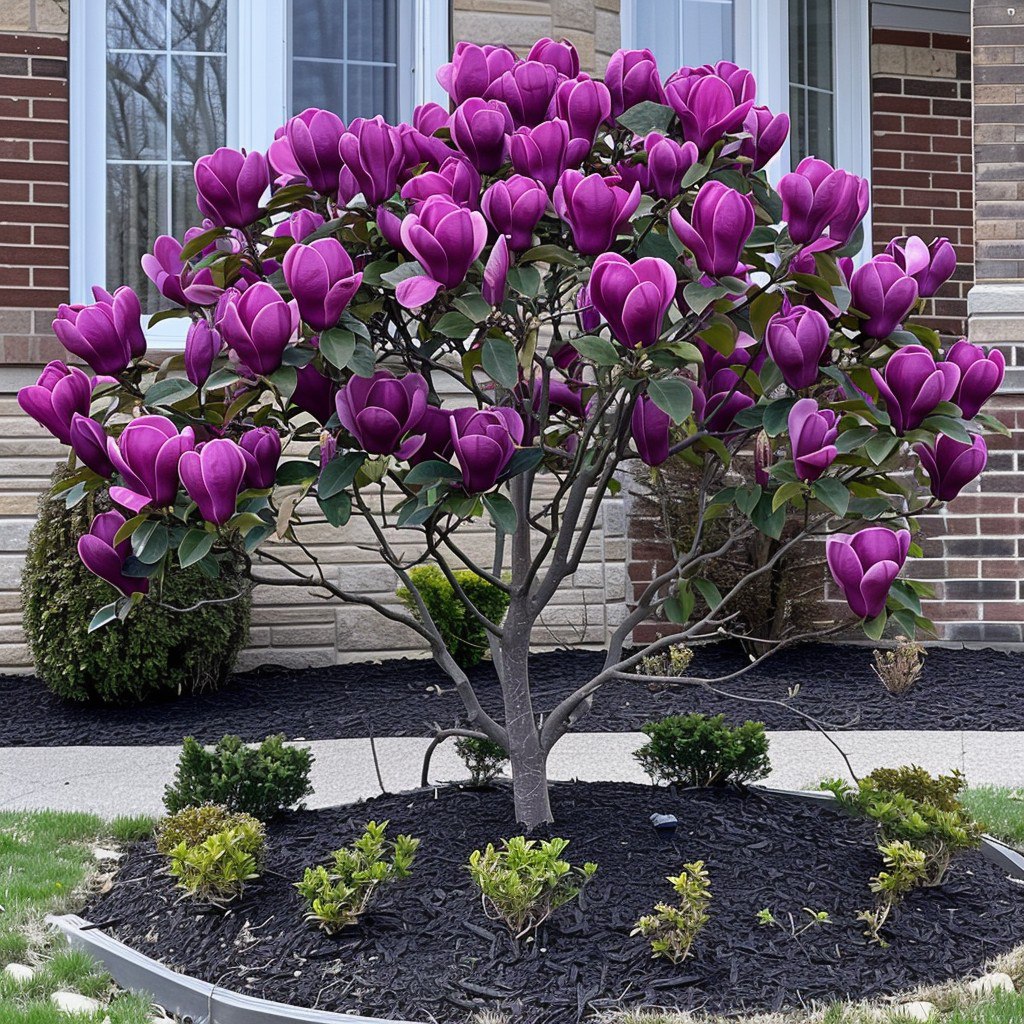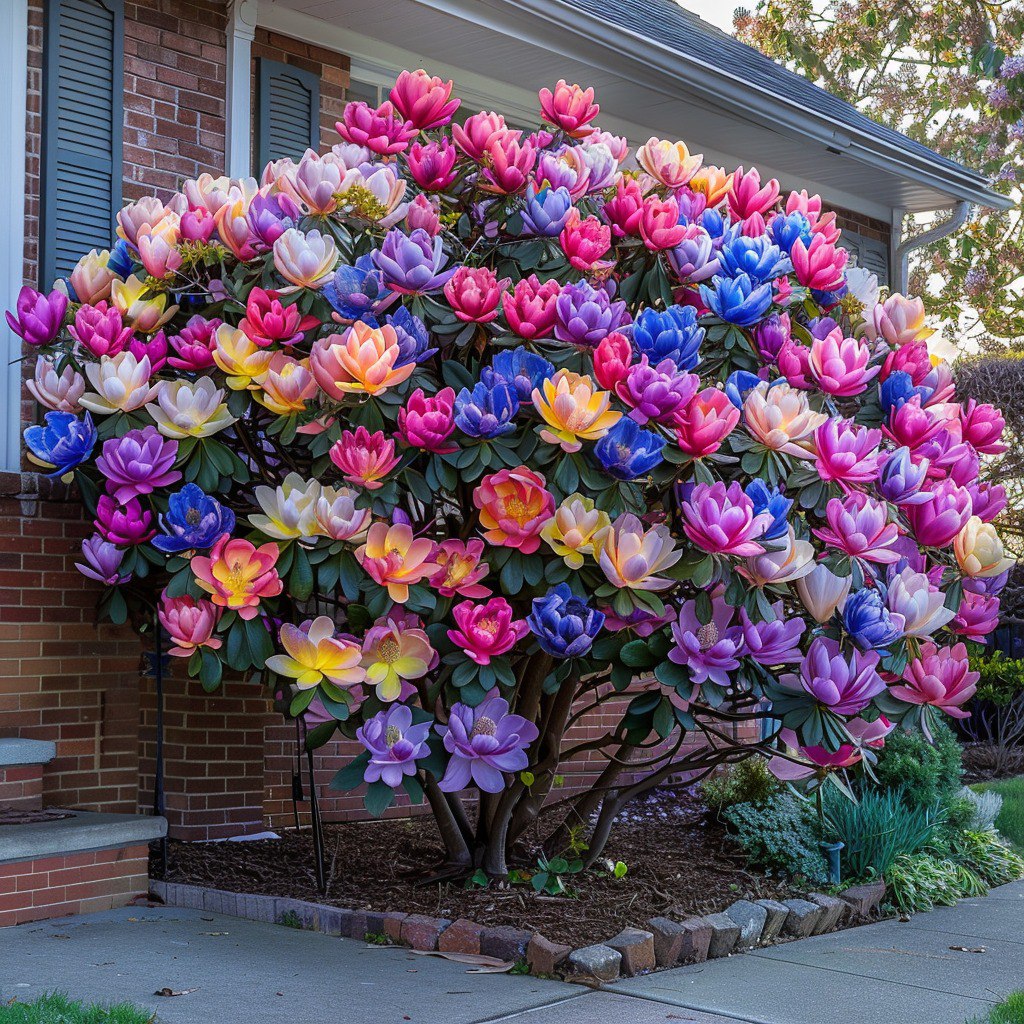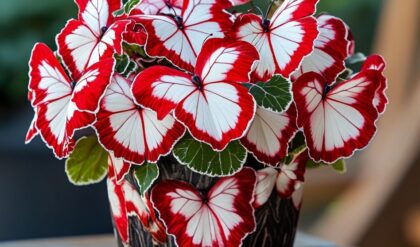Magnolia trees are not just mere flora; they are living testaments to the beauty and resilience of nature. Known for their stunning flowers and glossy leaves, magnolias have enchanted gardeners and landscape designers alike, serving as symbols of grace and elegance in various cultures. Their diverse species offer a plethora of options for both aesthetic enjoyment and ecological benefits, making them a vital component of many landscapes.

The Elegance of Magnolia Flowers
Blooming Beauty
One cannot discuss magnolias without mentioning their extraordinary blooms. These flowers, often characterized by hues of white, pink, purple, or yellow, serve as visual poetry in gardens and parks. Each variety offers a different size and shape, which can transform any space into a floral masterpiece. For instance, the Sweetbay Magnolia captivates with its creamy white flowers and refreshing lemon-scented aroma, while the Saucer Magnolia dazzles with its large, tulip-shaped petals that herald spring like no other flower can.
Cultural Significance
Beyond their visual allure, magnolias carry deep cultural significance. In some traditions, they symbolize dignity and nobility, reflecting virtues like perseverance and purity. This multifaceted symbolism can inspire gardeners to cultivate not only beautiful landscapes but also meaningful personal connections to their plants.
Diverse Varieties and Their Adaptability
A Tree for Every Environment
The adaptability of magnolia trees is one of their most remarkable features. With over 210 species, these trees thrive across a variety of climates, from the subtropical South to cooler temperate regions. For instance, while the popular Southern Magnolia is synonymous with warm climates, varieties like the Star Magnolia can flourish in colder northern areas, proving that beauty knows no bounds. This adaptability encourages a broader appreciation for biodiversity and may inspire conservation efforts for native species, encouraging us to plant local varieties that are crucial for our ecosystems.

Nurturing Life through Proper Care
Growing magnolia trees is not merely an exercise in aesthetics; it’s also about nurturing life. Proper care—ensuring they receive ample sunlight (6-8 hours of direct light daily), suitable soil conditions (moist, well-drained, slightly acidic soils), and adequate watering—can significantly impact their growth and flowering capabilities. This aspect of magnolia cultivation serves as a metaphor for investment in future generations: just as we provide the right conditions for our trees to thrive, we must also foster the right environments for our communities and the planet to flourish.
The Environmental Impact of Magnolias
Biodiversity and Habitat Creation
Magnolia trees play a crucial role in maintaining ecological balance. Their large, waxy leaves create habitats for a variety of insects, birds, and mammals, supporting local wildlife. When planted in gardens, they attract pollinators, enhancing biodiversity and contributing to the health of the ecosystem. This interconnected web of life emphasizes an important lesson: every species, whether grand like the magnolia or humble like the beetle, has its purpose and place within the environment.
Climate Resilience

Interestingly, magnolias can also contribute to climate resilience. As they sequester carbon, their presence in urban areas can help mitigate some effects of climate change. These trees serve as living air filters, improving air quality while providing shade that cools urban heat islands. Their ability to adapt to varying soil types and moisture levels makes them key players in sustainable landscaping practices, prompting a reevaluation of how we approach tree planting in urban development.
A Living Legacy
Magnolia trees stand as a reminder of nature’s artistry and resilience. While they are often admired for their beauty, their deeper implications spill over into discussions about biodiversity, environmental stewardship, and cultural heritage. They encourage us to ponder our relationship with nature and challenge us to consider our responsibilities towards the ecosystems that sustain us. Just as the magnolia thrives through seasons and adversity, so too can we cultivate our own resilience, growing together through change and uncertainty.


